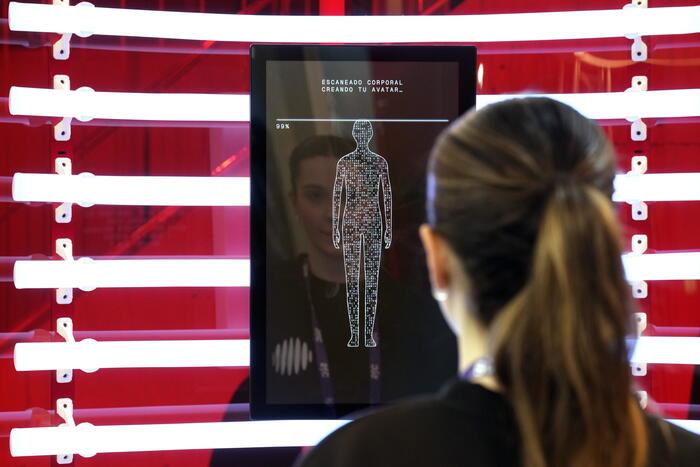A “digital twin”, faithful representation of the patient generated from his data (anatomical, physiological, clinical, genetic) to test and simulate the reaction to pharmacological therapies on a virtual model, without risks. This is one of the new frontiers on which the application of technology to medicine is moving. It was discussed in Padua, during the World Health Forum promoted by the Veneto Region.
If currently the prediction of response to therapies is carried out with statistical analysis on the basis of historical data, the creation of virtual twins for each patient would allow a significant step forward. One of the first experiments, cited in his speech by Björn Eskofier of the Friedrich-Alexander-Universität of Nuremberg, concerns the creation of digital twins for the “prediction” of treatment for type 2 diabetes, at the center of a project that took starts in January 2024, financed by the EU for 10 million with Horizon 2024 funds. A second European project, which involves numerous universities, concerns the challenge of creating digital twins of the brain to test the reaction of therapies for Alzheimer’s .
“The application of digital twins is still a distant horizon – explained Professor Manlio De Domenico, of the Department of Physics of the University of Padua and director of the Padua Center for Network Medicine – a challenge that also passes through the ability to integrate different skills”.
The University of Padua was the first in Europe to have activated, already in 2022, a center that aims to combine the computational analysis of living systems and preclinical and clinical research with their in vivo applications.
The Padua Center for Network Medicine brings together 63 teachers and 27 laboratories with multidisciplinary skills ranging from computer science to biology to medicine, neuroscience to physics.
breaking latest news © Copyright ANSA
